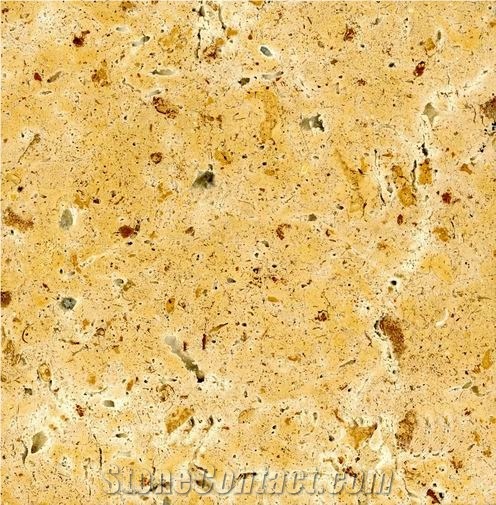Sahara Sand Travertine
 Egypt
Egypt
Sahara Sand Travertine is a kind of yellow travertine quarried in Egypt. This stone is especially good for Wall and floor applications, countertops, mosaic, fountains, pool and wall capping, stairs, window sills and other design projects. It also called Sahara Gold Travertine . Sahara Sand Travertine can be processed into Honed, Aged, Polished, Sawn Cut, Sanded, Rockfaced, Sandblasted, Bushhammered, Tumbled and so on.

Can Egypt's Sahara Sand Travertine be used outdoors?

Is Egypt's Sahara Sand Travertine an expensive stone?

Can Egypt's Sahara Sand Travertine be used in a kitchen?

Can Egypt's Sahara Sand Travertine be used in landscaping?

What grade is Egypt's Sahara Sand Travertine?

Can Egypt's Sahara Sand Travertine be used exterior applications in very rainy climates?

How thick is Egypt's Sahara Sand Travertine slabs?

What is the coefficient of friction of Combed Egypt's Sahara Sand Travertine tiles?

Are there color variations of Egypt's Sahara Sand Travertine?
-

Marble Egypt for Marble&Granite
 Egypt
Egypt
 8YRDiamond members are premium members on platform, providing members with comprehensive approach to promoting their products, increasing products exposure and investment return to maximize.
8YRDiamond members are premium members on platform, providing members with comprehensive approach to promoting their products, increasing products exposure and investment return to maximize.
 Verified Supplier is for prove company authenticity,including business license,trade license and effective office space,to enhance buyers' trust to suppliers and their products, reducing communication costs.
Verified Supplier is for prove company authenticity,including business license,trade license and effective office space,to enhance buyers' trust to suppliers and their products, reducing communication costs.
Contact Supplier
-

 Serbia
Serbia
Contact Supplier
-

-

-

 Egypt
Egypt
Contact Supplier
The request includes: 1. surface finished, size 2. quantity required







 Australia
Australia